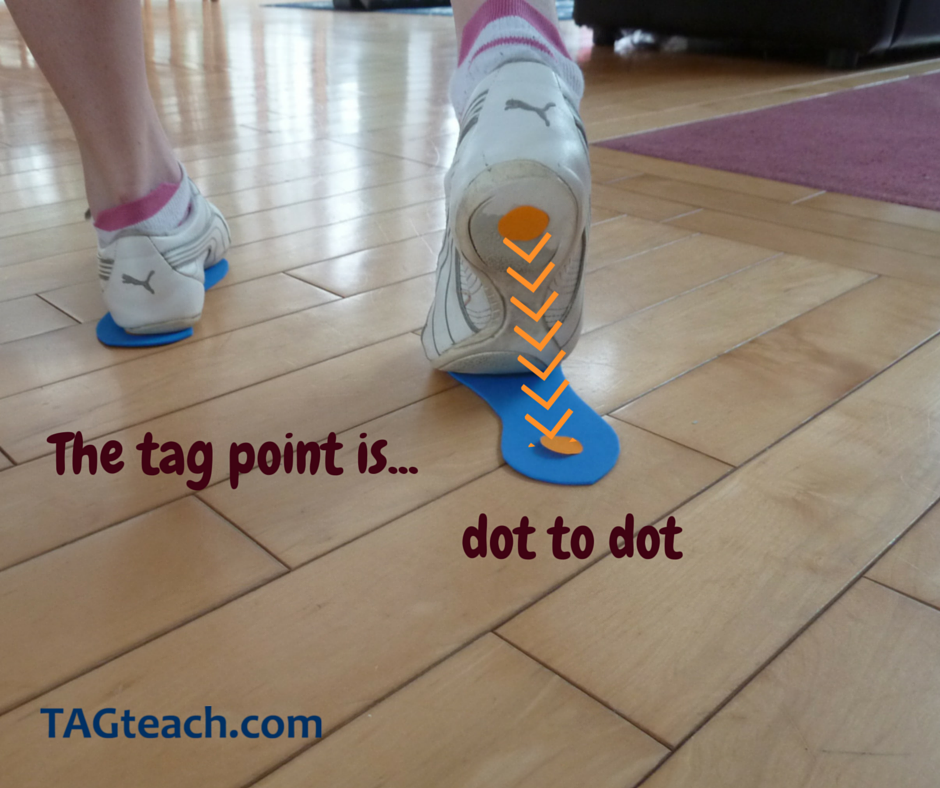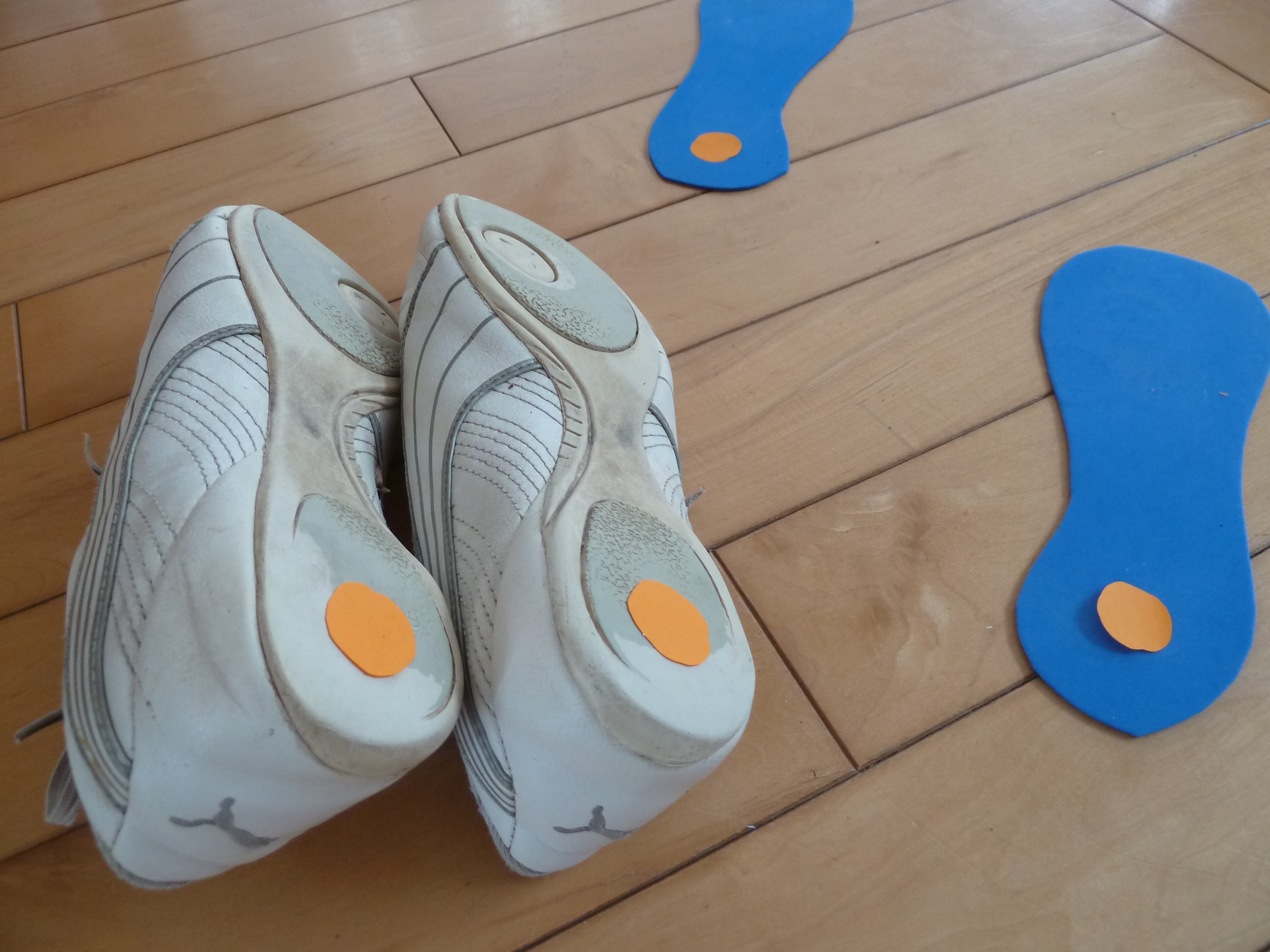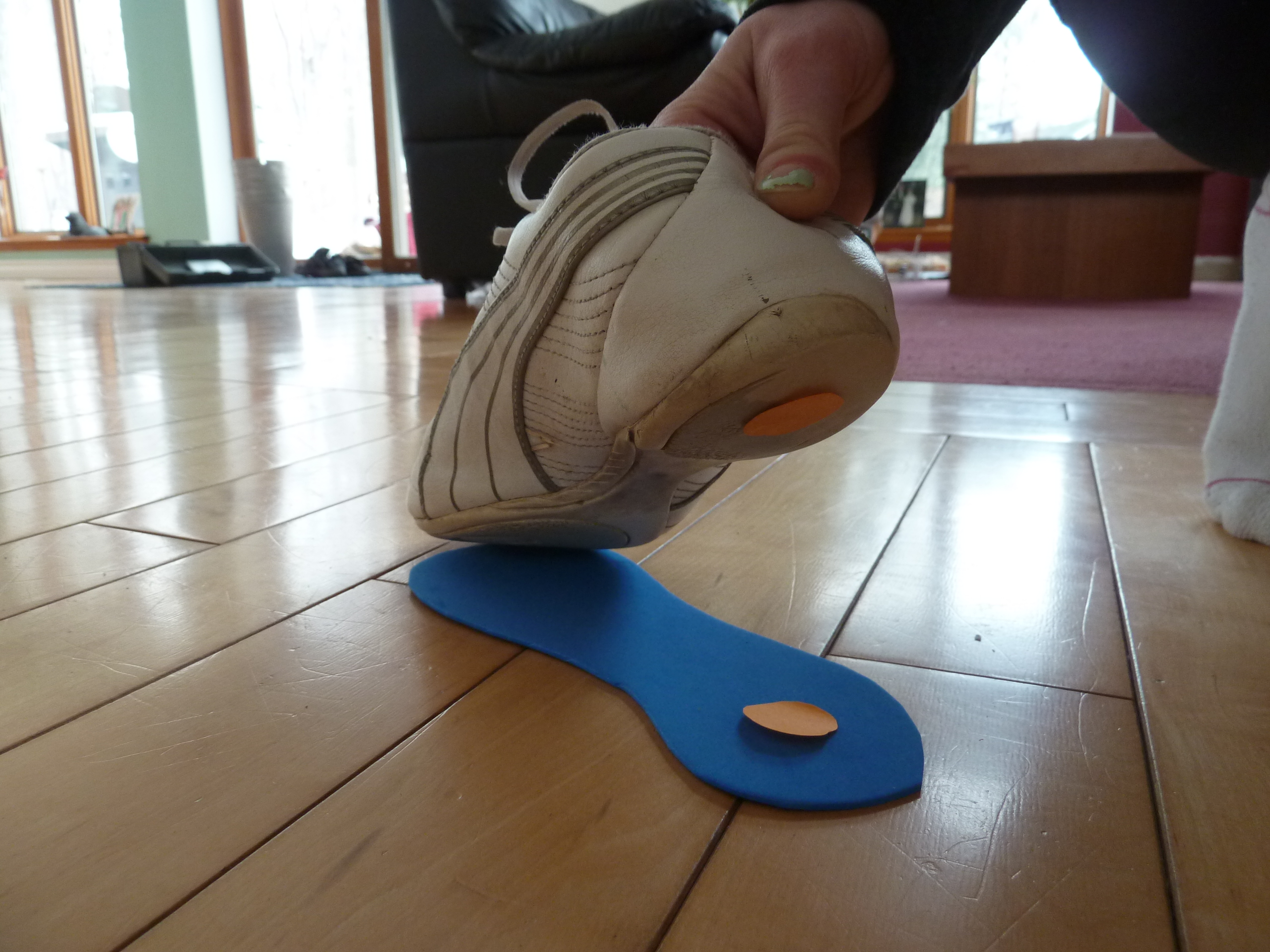This article was first published as a cover article in Autism Parenting Magazine Issue #51, Aug 2016
We’ve all seen children with autism who engage in toe-walking: the child walks on his or her toes or the ball of foot without putting much weight on the heel or any other part of the foot. Toe walking is so common that it has become one of the early indicators for a potential autism diagnosis.
When we first see it, we may feel amused. However, when we see it go on and on, we may feel concerned. Should we be concerned?
Prolonged toe walking through childhood can lead to physical problems:
- Tightening of the heel chords
- Incorrect foot position
- Abnormal stress on the bones and ligaments in the knees, hips, and lower back (Yoell, 2001).
Toe walking can lead to social problems:
- Toe walking can make walking long distances very tiring
- Children may have trouble keeping up with family and friends
- It can create problems with shoes; they get worn down quickly in odd places or may be difficult to fit (Unity Therapy, 2016)
Will it continue?
According to the medical literature, many children both with and without disabilities may toe walk. In many children it disappears with time. In other children it may continue. There is no way to predict the future course of this behavior for any one child.
When to take action? Over age 2, more than six months
The current medical recommendation is that parents seek an evaluation if a child over the age of two persists with toe-walking for longer than six months. A pediatric physical therapist with experience in treating children with autism is often recommended for this type of evaluation (K. Sohl, et al, 2015)
Medical Approaches to Treating Toe Walking
Current medical treatments for toe walking include “… stretching, casting, orthotics, and chemodenervation with botulinum toxin,” (R. Korchak, et al, 2014). Surgical treatment to lengthen the tendon may also be recommended. Some of these treatments can be administered by physical therapists; others require the services of a doctor or surgeon.
Behavioral Treatments for Increasing Full Heel-to-toe Walking
Another option is to use behavioral approaches to reduce toe walking and increase full heel-to-toe walking. Two studies have shown that this can be done. What is interesting is that both studies involve the use of a sound cue along with positive reinforcement. The sound signals to the child that he or she has performed the correct behavior of placing the heel down.
A 2010 study used a procedure combining Simplified Habit Reversal, GaitSpot Auditory Speakers, and positive reinforcement to increase proper heel-to-toe movements (A. Marcus, et al, 2010). The auditory speakers are small plastic devices fastened below the heel of the shoe. When the child places his heel down, it makes a sound, thus indicating to the child that he placed his foot down properly. The child is immediately given positive reinforcement (a treat or token to his liking). This combination was successful in reducing toe walking and increasing proper heel-to-toe walking.
A recent study in 2014 shows that pairing an acoustical signal (a sound called a “tag”) when the child performs the desired movement of placing his or her heel down is also very effective for reducing toe walking (A. Persicke, et al, 2014). This latter method is known as Teaching with Acoustical Guidance (TAGteach).
TAGteach for Toe-Walking
To use TAGteach, you observe the child and look for any Heel-Down behavior. Because behavior is variable, children who toe walk may occasionally place a heel down. As soon as the child has his or her heel down you “tag” that action and hand over a treat to the child’s liking; the treat is the positive reinforcement.
The “tag” is a sound made by a small plastic device called a tagger. An important benefit of using the tagger is that you can tag and reinforce Heel-Down behavior whether or not the child is wearing shoes. Some children prefer to go barefoot as much as possible.
It is also possible to tag and reinforce other heel-related behaviors. If, for example, the child is sitting on the sofa and has his or her heels touching the cushion, you could tag Heel-On-Cushion. This will increase the child’s tolerance for having his or her heels touching a surface. You can look for other places where the child’s heels may touch a surface, such as the bathtub, the swimming pool, or the sandbox.
The more reinforcement the child experiences for Heel-Down, Heel-On-Surface, or Heel-In-Sand behavior, the more quickly he will learn to place his heels down when walking. From the child’s point of view, it is much more pleasant to experience positive reinforcement for appropriate heel behaviors than to experience reprimands for toe walking.
Behavioral Approaches Require Careful Observation and Prompt Reinforcement to be Successful
Behavioral interventions require a parent or therapist to observe the child and be ready to take action instantaneously to reinforce the desired Heel Down behavior. Immediate reinforcement of the Heel Down behavior is the key to success in a behavioral approach. Late, sloppy, or inconsistent reinforcement will result in failure.
Using a Targeting or Shaping Approach to Teach Heels-Down
What if your child never puts his heels down, giving you no opportunity to reinforce? If your child rarely or never puts his heels all the way down, you will need to come up with a way to teach him to do this.
One way is to use a target. Draw a dot with a marker on the bottom of the child’s heel and another dot at the heel position on a foam cutout of a footprint. With the child sitting, match the dot on the cutout to the dot on his heel and tag when they connect. Place the footprint on the floor and encourage the child to match the dot on his heel to the dot on the floor. Tag when he makes the connection. The tag point is “dot-to-dot”.
To make this easier for the child to understand, you could start by demonstrating with your own foot and tagging yourself. Then have the child tag your action of “dot-to-dot”. Once his understanding is clear, then you can tag his actions.
You could make the concept clearer by putting a dot on the heel bottom of a shoe and doing the matching with the shoe off to start with.
You can probably think up other ways to use a target on the heel matched to a target on the floor to teach Heels-Down. You could make a whole trail of footprints with heel dots to match up for the child to follow. Use your imagination to make this a fun game.
“Shaping” and “Capturing” Heels-Down Behavior
Another way to teach Heels-Down, when it doesn’t happen naturally is to shape it gradually. This assumes that there is some variability in the behavior your child is showing and that he has the physical ability to put his heels down. Sometimes he steps with his heels down more than at other times. You can “capture” these instances of heels closer to the ground by tagging and treating when you see this.
Gradually raise your criteria for what gets a tag, so that more often you are reinforcing the steps with heels closer to the ground. Gradually you will see that more steps are closer to Heels-Down and eventually actual Heels-Down will start to happen more often. When you start to see this, you tag and reinforce only for Heels-Down and this will start to become a habit for your child. You can combine this approach with the targeting method described above.
Behavioral and Medical Approaches Available to Help Children Learn Heel-to-Toe Walking
For families concerned about toe walking behavior in a child there are a number of behavioral and medical treatment options. As always, the best course is to obtain a thorough evaluation and select a course of action that best addresses the needs of the child.
Toe walking can be successfully remedied. The benefits are that the child will have a much more effective gait, and will be able to participate happily in family outings and outdoor running and play. Successful treatment will avert the likelihood of impaired mobility, leg pain, and foot problems in adulthood.
References
- Angela Persicke, Marianne Jackson, Amanda N. Adams, “Brief Report: An Evaluation of TAGteach Components to Decrease Toe-Walking in a 4-Year-Old Child with Autism,” Journal of Autism and Developmental Disorders, April 2014, Volume 44, Issue 4, pp. 965-968. (February 12, 2016 at http://link.springer.com/article/10.1007%2Fs10803-013-1934-4)
- Ann Marcus, Brigit Sinnott, Stephen Bradley, Ian Grey, “Treatment of idiopathic toe-walking in children with autism using GaitSpot Auditory Speakers and simplified habit reversal,” Research in Autism Spectrum Disorders, Volume 4, Issue 2, April – June 2010, pp. 260-267. (February 12, 2016 at http://www.sciencedirect.com/science/article/pii/S1750946709000981)
- Catherine Yoell, BCsPT, “Toe Walking in Children with Autism,” 2001, Centre for Ability, (February 12, 2016 at http://webcache.googleusercontent.com/search?q=cache:mB2ghnG0Ei8J:www.therapybc.ca/eLibrary/docs/Resources/Toe%2520Walking%2520in%2520Children%2520with%2520Autism%2520Handout.doc+&cd=1&hl=en&ct=clnk&gl=us
- Drennan, K. Wilson, J. McElroy, K. Bohl, “Addressing Toe Walking in Children with Autism Spectrum Disorder,” Department of Physical Therapy, University of Missouri & Thompson Center for Autism and Developmental Disorders, (February 12, 2016 at Addressing Toe Walking in ASD Children DrennanAutismConference.pdf)
- Ryan Korchak, MD, Mark C. Lee, MD, Jason H. Calhoun, MD. “Toe Walking Treatment & Management,” Medscape News & Perspective, June 20, 2014, (February 12, 2016 at http://emedicine.medscape.com/article/1235248-treatment)
- Kristin Sohl, MD, and Jan McElroy. “Grandma wants to stop tiptoe walking in granddaughter who has autism,” Autism Speaks, Website article (February 12, 2016 at https://www.autismspeaks.org/blog/2015/12/11/grandma-wants-stop-tiptoe-walking-grandaughter-who-has-autism )
- Unity Therapy. “Toe Walking and Flat Feet,” PDF from Pediatric Therapy Services, Blank Children’s Hospital, 1200 Pleasant Street, Des Moines, Iowa 50309, 515-241-8550 (February 12 2016 at https://webcache.googleusercontent.com/search?q=cache:RV9kbbj15NAJ:https://www.unitypoint.org/blankchildrens/filesimages/Education%2520Center/Books%2520and%2520Brouchures/Toe%2520Walking%2520Brochure.pdf+&cd=1&hl=en&ct=clnk&gl=us)



Comments are closed.